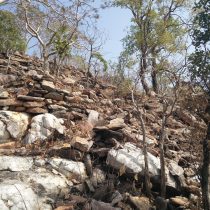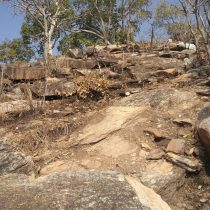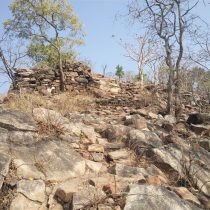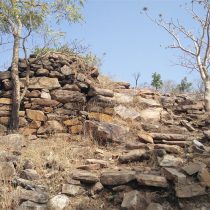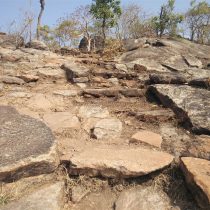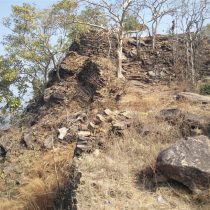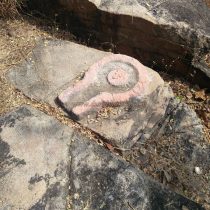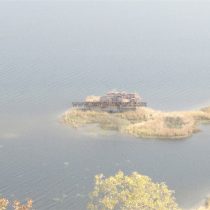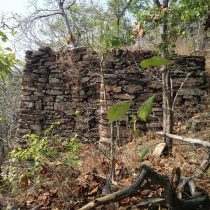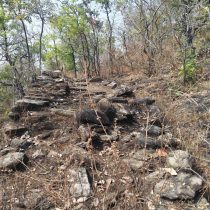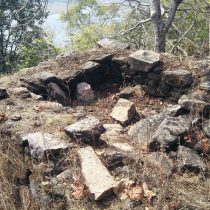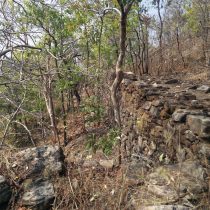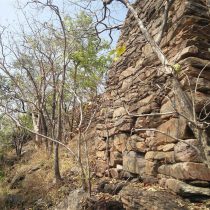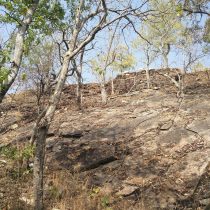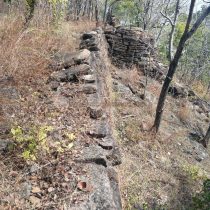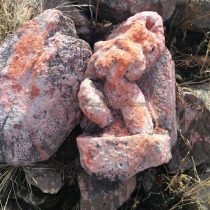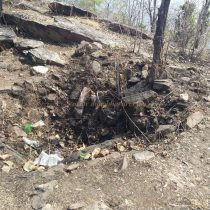BHIVAGAD
TYPE : HILL FORT
DISTRICT : NAGPUR
HEIGHT : 1427 FEET
GRADE : MEDIUM
The river Pench flows through dense forests in the northern part of Parshivani taluka of Nagpur. The area, which is already inaccessible due to dense forests, has become more remote and scenic due to the dam built on the Pench River. Bhivgad fort is located on a high hill near this dam. But due to the temple of Bhivasen Kuara at the foot of the hill, the fort is more famous in this area as Bhivasen Kuara than its original name Bhivagad. Due to this temple as well as the dam in this area is a famous tourist destination, there is a constant flow of people but there is no public transport to reach this place, so private vehicles are convenient. The route from Nagpur to Bhivgad is Nagpur-Parshivani-Amgaon-Navegaon-Chargaon-Bhivasen and the other route is Nagpur-Takli-Khapa-Kothulana-Chargaon.
...
There is a footpath to reach Bhivagad fort from Bhivasen Kuara temple. There is water on the east side of the fort and dense forest on the west side. Near the temple, at the foot of the hill, you can see a two-storied building in the water. The locals call this building Rani's Mahal. Situated on a small hummock at the foot of the fort, the palace is surrounded by water due to the dam. There is a boating facility to get there and its first floor is underwater during the rainy season although, it can be reached on foot in summer when the water level is low. The palace has two floors and three rooms on the ground floor. One of these rooms has a staircase to go upstairs. The path here leading to the fort has a steep climb so it is more convenient to take the path near the temple to reach the fort. We reach the fort in half an hour by crossing the forest department shelters at the beginning of the road. The small gate facing north of the fort has been destroyed today and only its remains and the bastion next to the gate can be seen. The ramparts of the fort are made only by stones which are different from the black rocks of Sahyadri. The top of the fort is spread over 3 acres from south to north and is 1340 feet high above sea level. The fort is divided into two parts, plateau, and citadel. There are two stone bastions at the north and south ends of the ramparts of the fort. Outside the temple, there is a beautiful sculpture carved and in the distance, you can see a small pool of water. From the north bastion of the fort, we can see the water of Pench Dam spread far and the area surrounded by dense forest is visible from the south bastion. The main gate of the fort is destroyed which was covered by two bastions. There is a guard porch on one of these bastions and a total of 7 small bastions can be seen in the ramparts of the plateau. As the top of the fort is small, your fort round is completed in 30 minutes. Although the history of the fort is unknown today, the fort was certainly built during the reign of the Gond kings. This can be assured by considering the Gond temple at Kuvara Bhivasen at the foot of the fort. Apart from this, no historical documents of the fort are available.
© Suresh Nimbalkar


